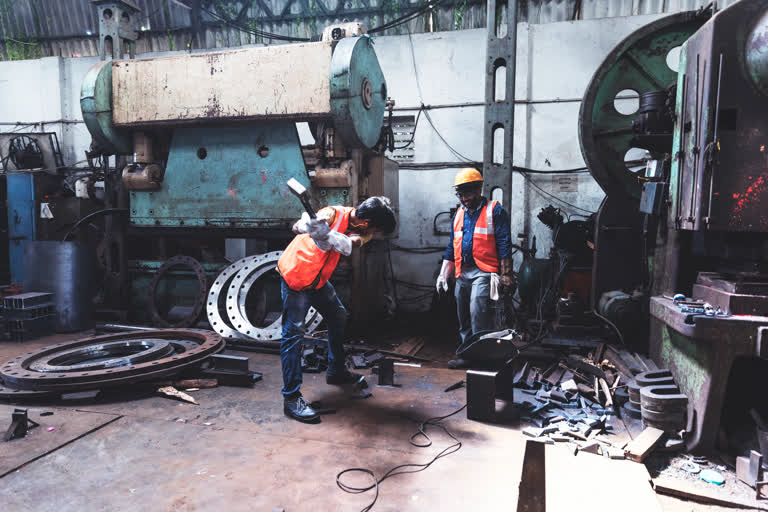Hyderabad: In 1978, when the legendary Deng Xiao Ping, forced open China’s doors to the outside world Indian industry was at par or better than China. The situation has changed since. The difference was made by private enterprise and competition. In the 1970’s when India was nationalizing coal, they were opening the sector.
The analogy was known to architects of India’s liberalization, but they failed to limit the role of the State sector that kept distorting the market and blocking efficiency.
Huge investments in power, port, steel, cement etc, remained at the mercy of officialdom who held the key to railway rake and coal availability.
Financial system and economy were end sufferers.
The Narendra Modi government has been keen to break open this stranglehold as is reflected in the opening of commercial coal mining to the private sector. The stress is now set to increase, as limiting role of the State sector is a top agenda of the "Atmanirbhar Bharat" campaign.
Important but not easy
Disinvestment hasn’t been easy in any country. Even the single-party ruled China faced major headwinds in the past. According to a 2018 article in Vox China, as in 1995, China’s State-owned undertakings suffered a net loss. Over the next decade, the number of such enterprises were reduced to half.
It is difficult to compare Indian scene with China due to differences in political systems and intent. Chinese State-owned majors acquired huge oil assets at high prices, as part of their resource consolidation plans in the last decade. Beijing has none to answer for the meltdown in the value of those assets.
The same shouldn’t hold good for India. Yet, the abuse continues. Upstream oil PSUs pick up exploration assets, irrespective of quality, to make bidding rounds successful. PSU financial services major plays stellar role in making government issues successful.
The worst part is, through them the officialdom establishes control over the entire value chain.
Read more:Is Indian Railways really ready for private trains?
For instance, huge investments by the private sector in the downstream (fuel retailing) suffered as the government kept prices of State-owned companies artificially low and mitigated their loss by paper money, oil bonds.
Electricity sector proves the same point.
Half of India’s 370-gigawatt electricity generation capacity is in the private sector. They burn the least amount of fuel to generate every unit of electricity. Yet, during the recent lockdown CIL deprived them, for supplying fuel on credit to most inefficient plants under the State governments.
Unnecessary State ‘domination’ has not only distorted the whole environment but vitiated.
Private investors in China do not face this. Beijing ensured that investors come and operate almost on a plug-and-play mode. In India, investor’s ordeal starts right from land acquisition to filling pockets of the shops and establishment officers of the local body.
